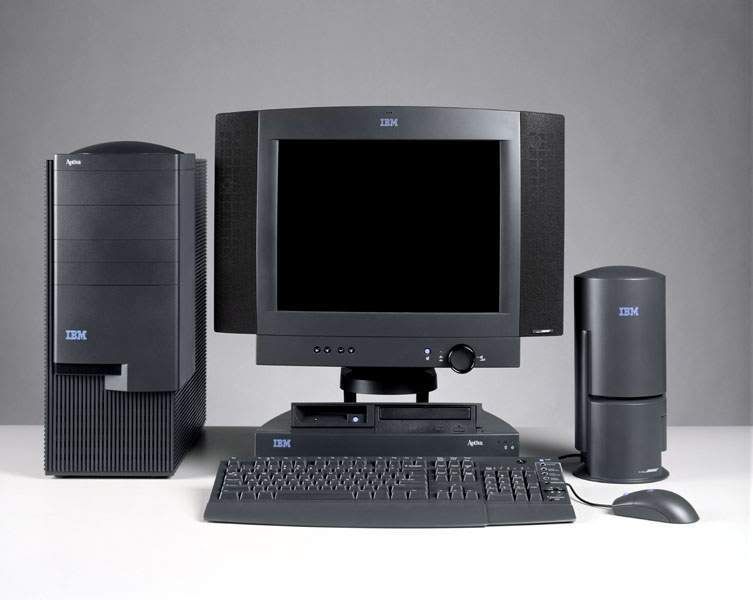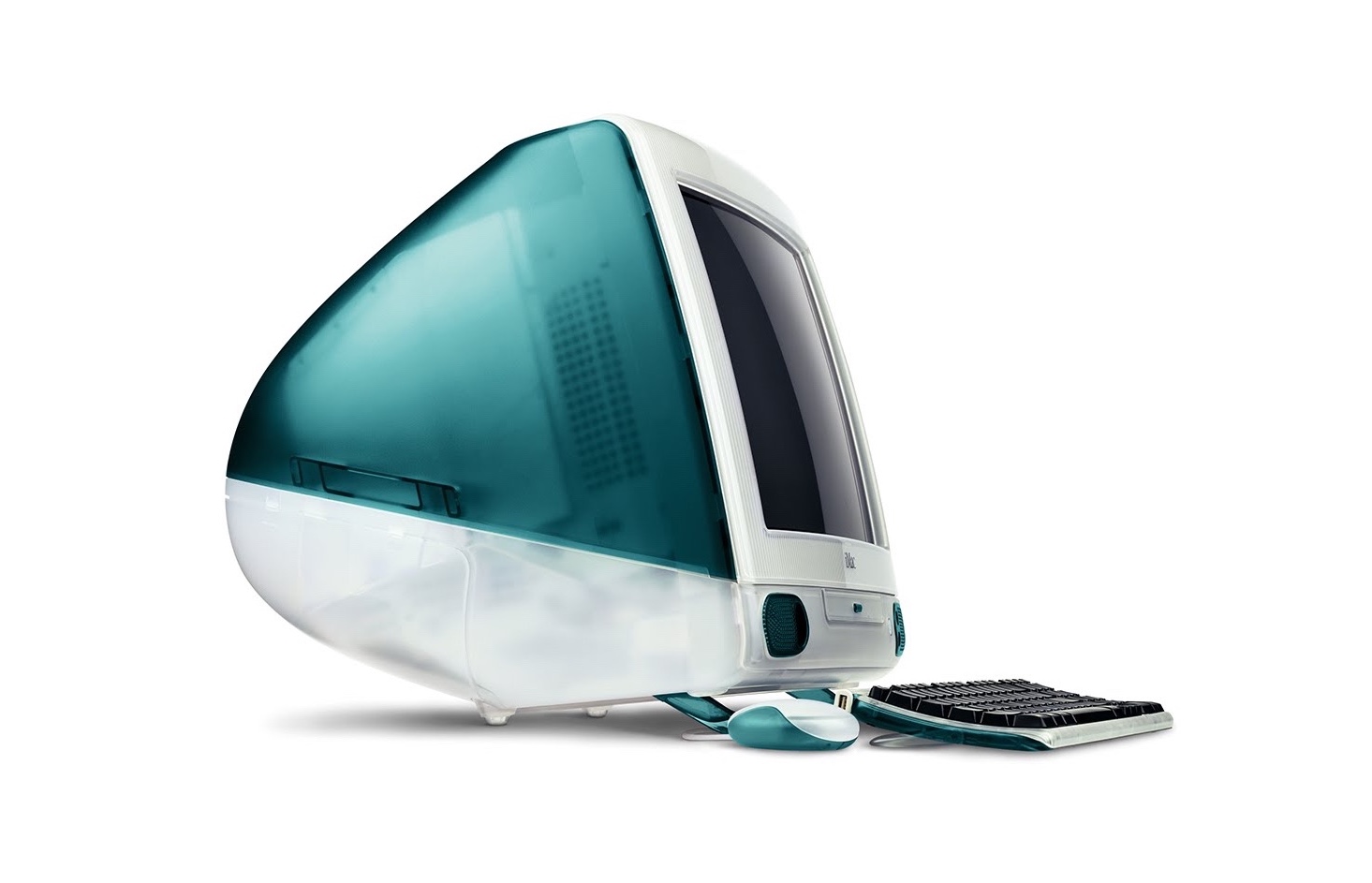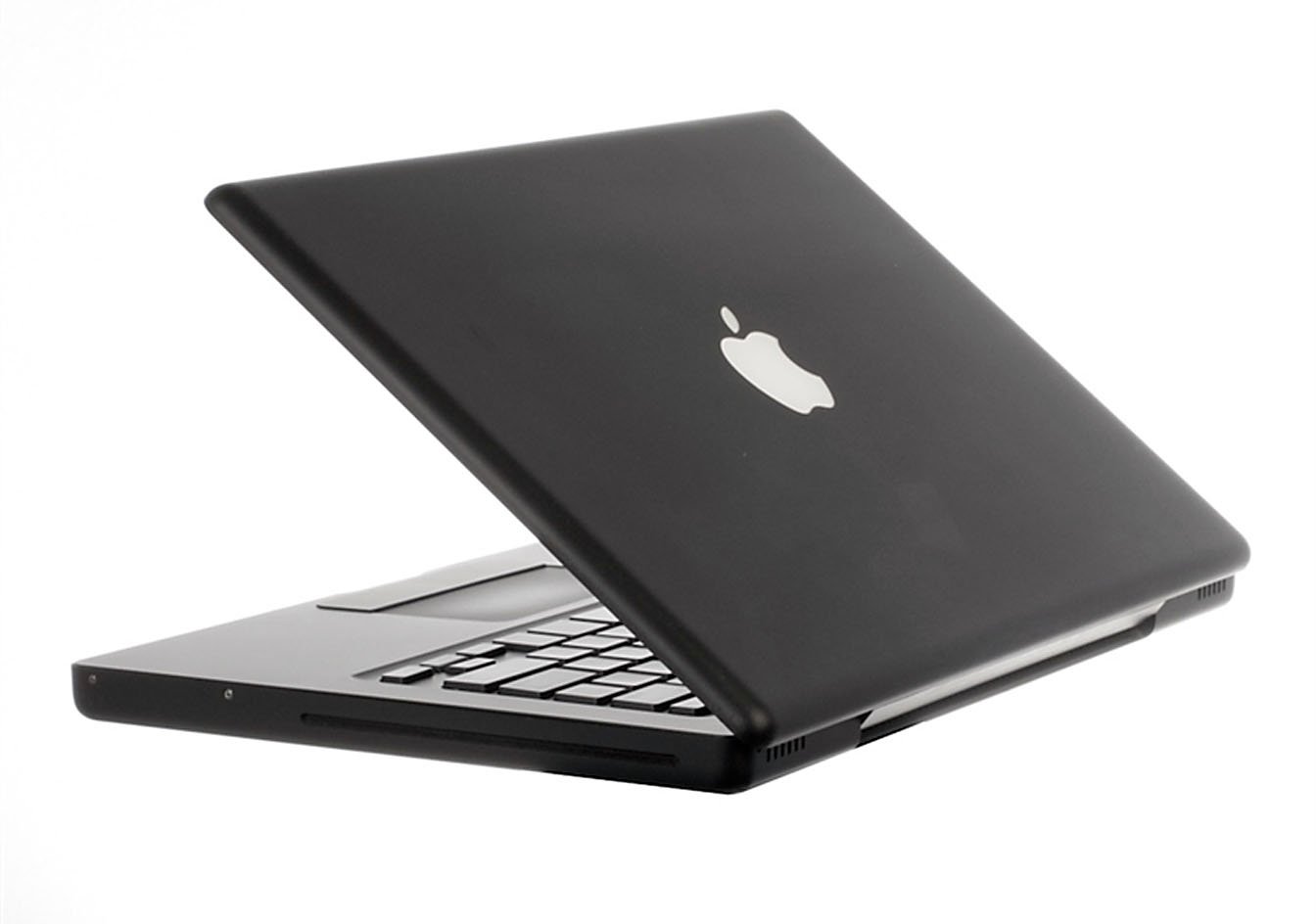For better or worse, I’m a longtime Mac user. I bought my first MacBook in 2007 with money I had saved working as a lifeguard during the brief summer months in WNY, and it has since resulted in an emotional bond that has proven difficult to break. I admit this because I’ve tried to divorce Apple before, and yet, somehow, I find it’s just not that easy, at least for me.
Pre-Mac era (1997 - 2001)
Born and raised in Southern Tier WNY, I was the youngest of four children to a family of educators and engineers. At an early age, I was taught how to think practically, choose wisely, and use resources sparingly. I learned a lot about hard work, perseverance, and loyalty. I also grew to understand the extraordinary value of computers, and how they’ve vastly improved the quality of life.
The first computer I’d ever used was our family computer, an IBM Aptiva that had a whopping 32MB RAM chipset and a hefty 4GB hard drive (what is one to do with all that space!). That would have been circa 1998, and it was a tank of a computer. I can remember spending hours and hours playing MechWarrior and Command & Conquer, and I loved every second. To this day, it’s the fondest set of memories I have of a Windows-based computer.

First Mac exposure (2001)
The first time I was exposed to a Mac was in third grade, when our elementary school purchased a dozen iMac G3s for the computer lab. I remember practicing basic arithmetic on them, and playing Oregon Trail after I was finished with my classwork. I became captivated instantaneously by the sleek UI design, vibrant plastic casing, and transparent peripherals. It was unlike anything I had ever seen before, in the best way possible.

First Mac purchase (2007)
It would’ve been late summer/early fall 2007 when I purchased my first Mac. I can remember spending hours researching and comparing the different models, trying to squeeze as much product as possible out of my shoestring budget. I ran the numbers and had just enough cash to purchase the top tier MacBook model, which was also the only model that came in black. I was dead set on black, I remember, because the white version looked cheaper and less official.
I can vividly remember the purchasing experience. I was so excited, I had worked all summer long and, finally, I had enough money to buy the computer I wanted. I remember the drive to the Apple Store, it felt like forever. I remember powerwalking to the one black MacBook they had on display, and waiting anxiously for an employee to provide assistance. I remember fumbling my words, trying to tell her what model MacBook I wanted. I remember the gut-wrenching yet exhilarating feeling of handing the cashier more than $1600 to finalize the purchase. But, more than anything else, I remember getting home, tearing into that vacuum-sealed, seemingly impossible-to-open package, carefully pulling the computer out of its plastic wrap, and powering that puppy on. The amount of joy I felt when I saw the Apple symbol illuminate was nothing short of euphoric.

Modern Mac era (2014 - current)
Then the years went by, and most of that excitement and passion of yesteryear dissipated into frustration and anger. I used to believe Apple was special - they just understood the market in a way no one else did, and they gave you the best product they possibly could, because they genuinely cared about their customers. Back then, Apple was gaining traction, but they weren’t widely adopted yet, so they relied heavily on a small, but very loyal group of Mac users. The same group of people who embraced the iPhone, and later, the iPad. It was because of those loyal people who supported Apple through those risky periods, that they were able to become the trillion-dollar enterprise they are today. Yet, the needs of those people have fallen to the wayside, now that Apple doesn’t rely on them anymore. The lack of innovation and iOSification of OS X (case and point: macOS) is the perfect example of how Apple has shelved the interests of their most loyal followers and placed greater importance on corporate agendas, quarterly profits, and support for ridiculous emojis.
Especially in the past couple of years, I’ve attempted to move away from Apple. I’ve given Windows 10 an honest try, but until WSL is more stable and predictable, it’s not a great option for me. I’ve also given Ubuntu Desktop a spin, and I actually liked it a lot. But the issue with a Linux-based workstation is that many employers will not provide it as an option, either because they don’t have someone who can support it properly, or there are corporate policies that limit users to Windows or Mac. I’ve run into this multiple times in the past few years. Consequently, if I want a Unix-like OS, I’m forced to use a Mac.

So why stay around?
To a large extent, I still enjoy using my Mac. Most of my complaints are with Apple as an organization, and the decisions they make. That’s not to say, however, that I don’t have complaints about the hardware or macOS, because I do. Why isn’t there a native hypervisor built on top of Hypervisor.framework and shipped with macOS? Why are so many tools dependent upon Xcode? Why are the libraries that ship with macOS so outdated? Why do you make using an NVIDIA eGPU so unnecessarily difficult? Why do you artificially drop support for TI82-controller Thunderbolt 3 enclosures? These are just a few of the many questions I have.
At this point, it’s a love/hate relationship. I’ll continue to use my Mac until Apple decides to drop support for it, or any of the major components I rely on for my workstation, in a future release of macOS. It will be at that point I will have to decide whether to continue this charade with Apple or to adopt a new OS. Only time will tell.
Comments